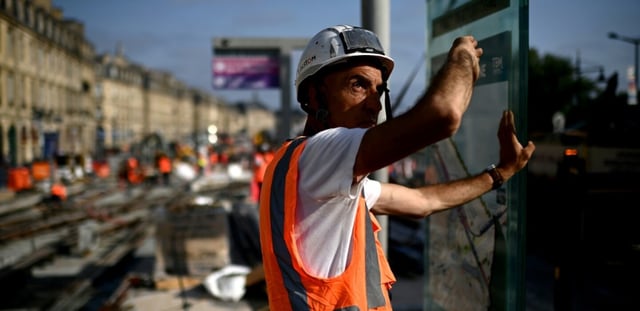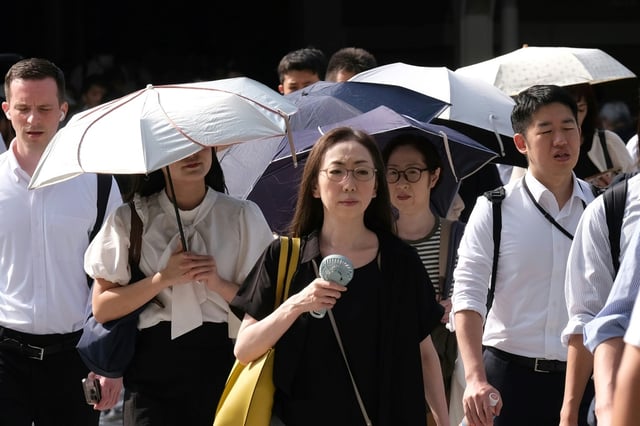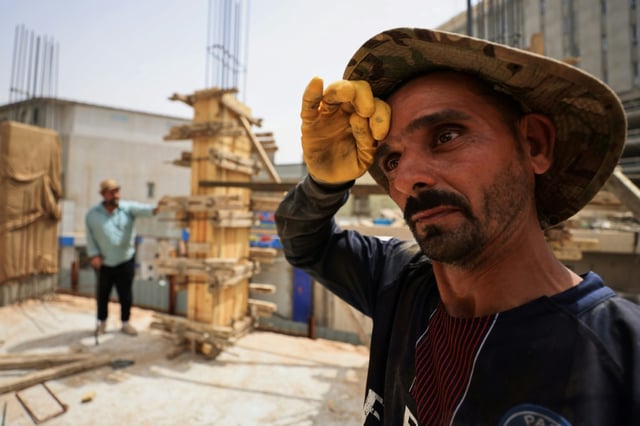Overview
- The WHO and WMO released a joint report Friday updating workplace heat guidance for the first time since 1969.
- Citing ILO estimates, the agencies say more than 2.4 billion workers—71% of the global workforce—are exposed to extreme heat, linked to about 22.85 million work accidents and nearly 19,000 deaths each year.
- The report warns that worker output drops roughly 2–3% for every degree Celsius above 20°C, turning heat protection into an economic priority.
- Officials describe heat stress as a global societal challenge reaching well beyond equatorial countries, with risks indoors and outdoors across sectors such as agriculture, construction and fishing.
- The agencies call for sector- and region-specific action plans that prioritize older workers and those with chronic illness, urging collaboration among workers, unions, health experts and local authorities and noting prevention could save billions annually.



